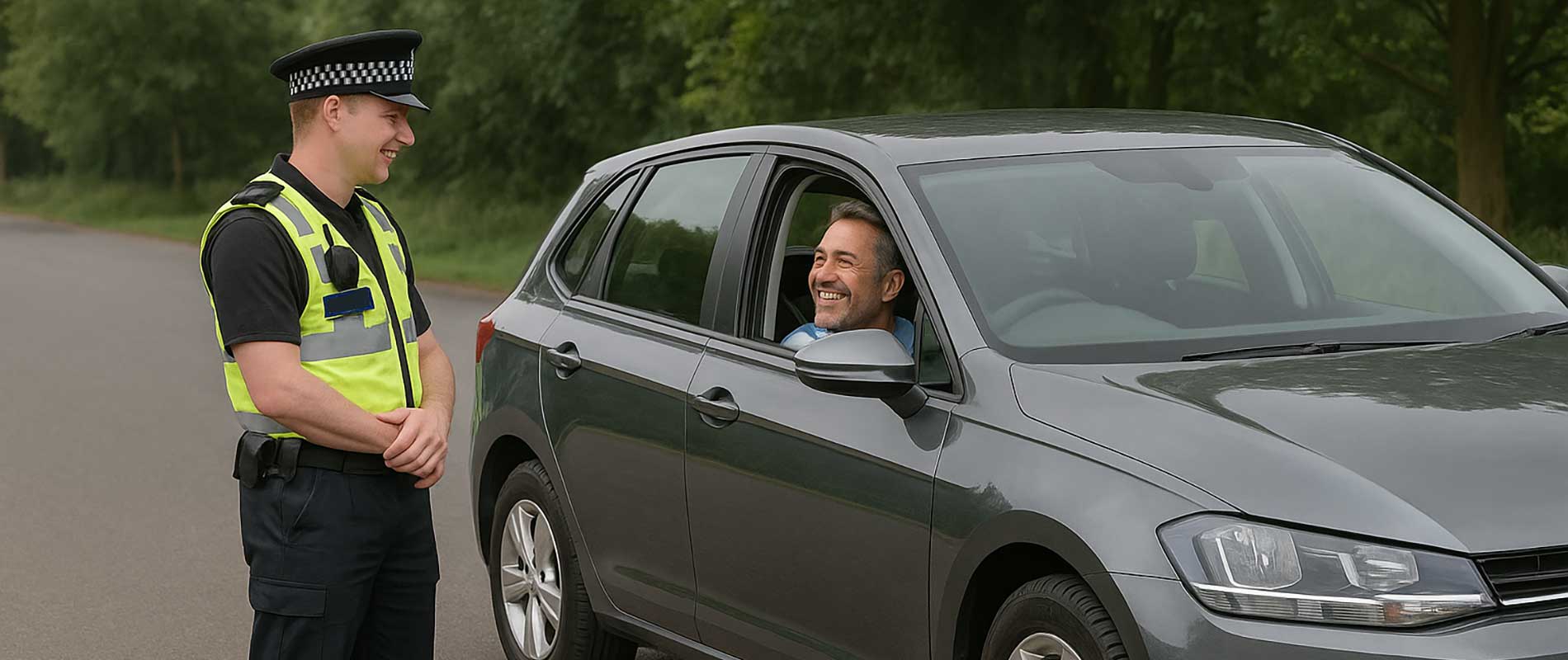Getting your licence and paperwork sorted
After a driving ban, the first task is often the least glamorous: paperwork. You’ll need to make sure your licence is valid, your details are up to date, and the DVLA has cleared any restrictions before you set foot behind the wheel again. Depending on the offence, you might have to reapply for your licence or even retake your test. Skipping this step could put you right back into trouble, even if you think you’re legally clear.
Check your driving record online to confirm what’s still active. If you’ve completed any required courses; such as a drink-drive rehabilitation programme; make sure the completion has been logged. It’s not automatic in every case. Getting these basics right avoids the risk of new penalties before you’ve even restarted your engine.
Finding suitable insurance cover
This is the hurdle that catches most people out. Standard insurers often reject applications from drivers with recent convictions, or they quote eye-watering premiums. Don’t give up. There are specialist insurers who focus specifically on helping convicted drivers get insured again. They understand the situation and use more flexible criteria to assess risk.
When comparing quotes, be completely honest about your record. It’s tempting to round things down or skip details, but any untruth will void your policy the moment it’s discovered. Even if you think a conviction is minor or “spent,” check whether it still needs to be declared. Accuracy is your friend here; it proves reliability, and insurers notice that.
Understanding how premiums are calculated
Insurers don’t just look at your conviction; they look at the whole picture. Your age, car type, postcode, and driving history all play a part. Certain choices; like driving a smaller, lower-powered car or agreeing to a black box policy; can make a surprising difference. A few small adjustments can bring premiums back into manageable territory faster than you’d expect.
Over time, the risk rating attached to your conviction fades. If you stay claim-free and offence-free, each renewal tends to look better than the last. Think of it as a gradual rebuild of trust. The key is consistency and patience, not quick fixes.
Practical steps to stay on the right side of the law
Once you’re insured and legally back on the road, it’s worth forming a few new habits. Keep your insurance and MOT dates in your calendar. Avoid rushing journeys; many repeat offences come from small lapses like creeping over the speed limit or driving while tired. Consider fitting a dashcam or using a phone app to monitor your driving behaviour. These small bits of accountability can save a lot of stress later.
If you ever doubt your cover or licence status, check before you drive. It takes minutes online and could spare you months of frustration. Remember, another IN10 or TT99 on your record would make future insurance almost impossible for a while.
Rebuilding confidence behind the wheel
It’s normal to feel nervous at first. Some drivers worry about being judged or watched; others fear another mistake. The best remedy is steady, unhurried practice. Plan quiet routes at first, drive at calm times of day, and ease yourself back into routine. Confidence grows through repetition, not speed.
If you’ve been off the road for a long spell, you might also find it helpful to take a refresher course with a local instructor. They can help you adjust to new traffic rules and technology that’s appeared while you’ve been away; from smart motorways to digital speed cameras. It’s not about being retrained, just reminded.
Moving forward with a clean slate
Getting back on the road after a conviction isn’t just about ticking boxes; it’s about regaining trust; your own, as well as insurers’. Each careful journey builds that trust back up. Stay honest, stay patient, and let time do its quiet work. Before long, your driving record will begin to reflect who you are now, not who you were then. That’s when you’ll know you’ve truly moved on.

